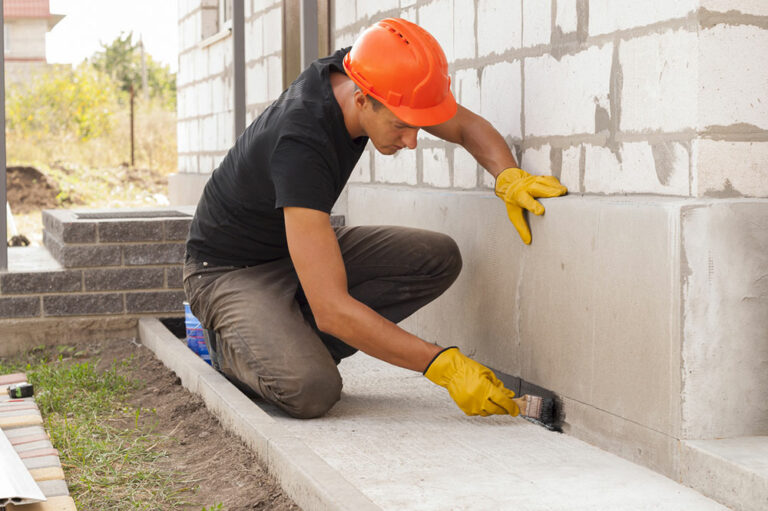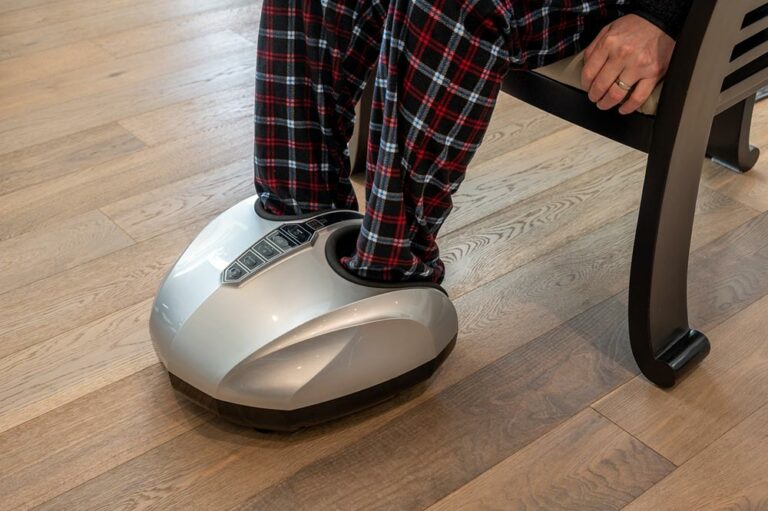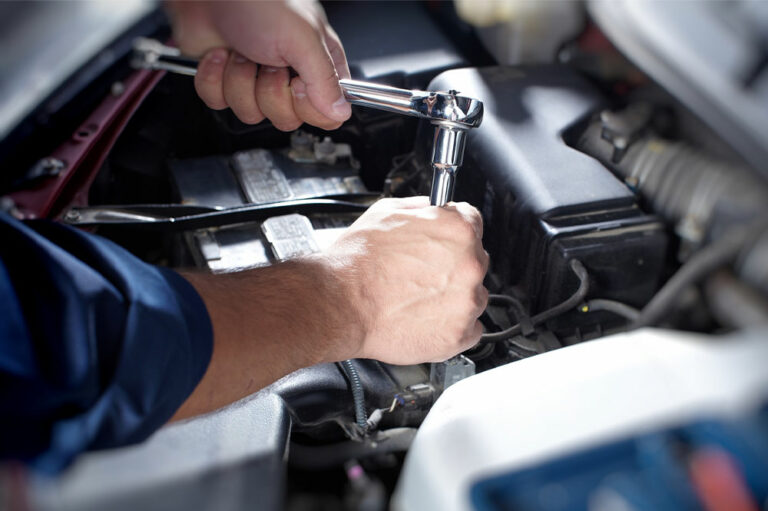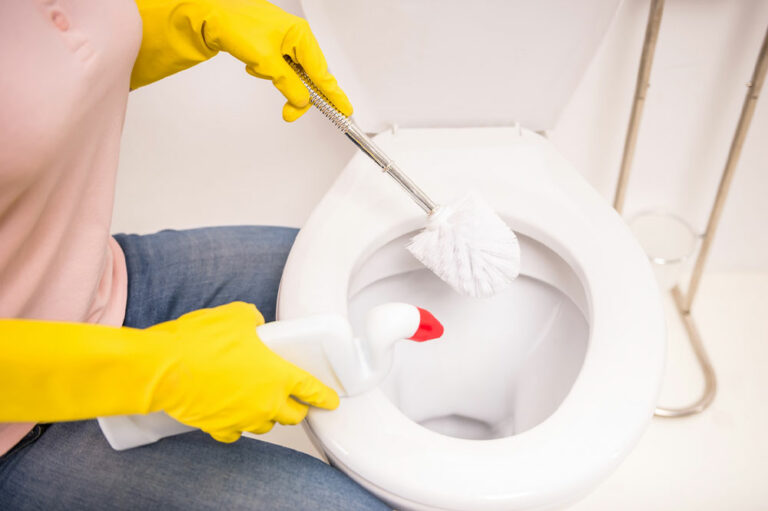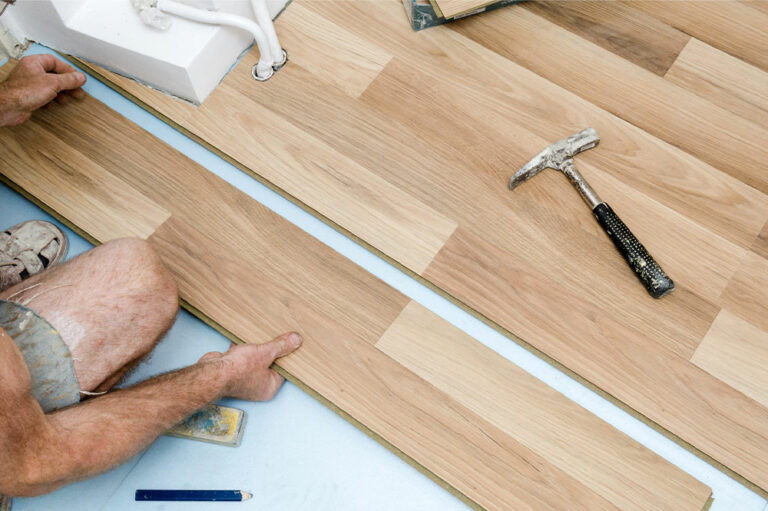7 basement waterproofing mistakes to avoid
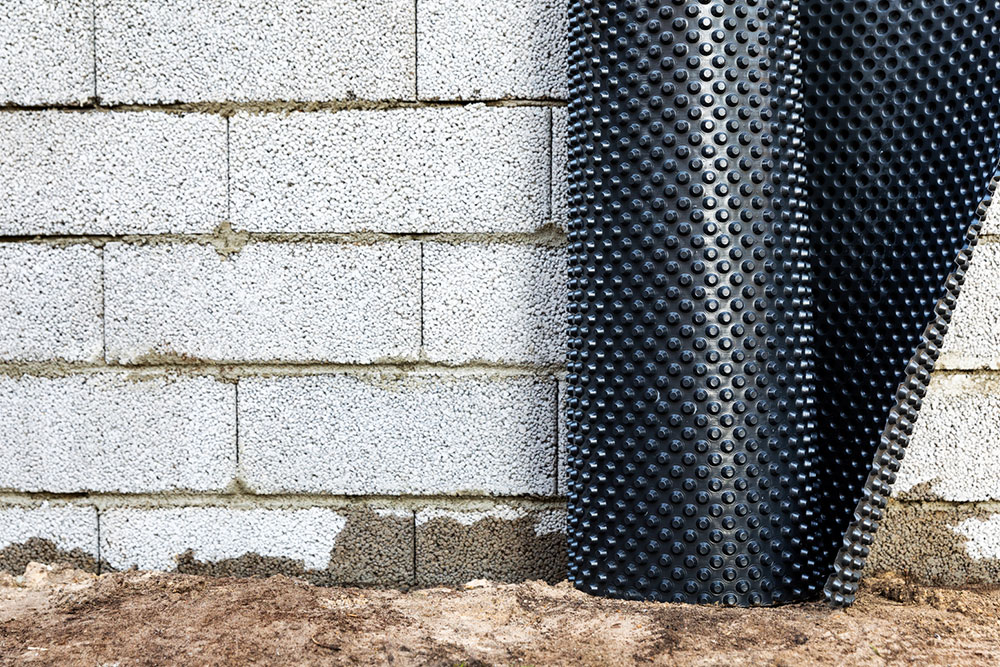
Waterproofing the basement helps prevent water damage, a common problem in homes. It can also lower the risk of other moisture-related issues, like mold and decay. However, certain lapses in the waterproofing process can make the basement vulnerable to leaks and water damage. So, it is important to get the waterproofing technique right. This ensures water cannot sneak into basement walls, helping enhance the durability and preserving the property’s overall value.
1. Ignoring signs of moisture
Signs of moisture could be damp spots on walls, peeling paint, musty odor, or efflorescence—a white, powdery residue on surfaces brought on by water evaporation. Though seemingly minor, the signs are early indicators of underlying water issues that can become bigger problems uf left unchecked. If one notices these signs, they should get basement waterproofing done immediately.
2. Poor drainage system installation
A critical aspect of basement waterproofing is proper drainage. Inadequate or improperly installed drainage systems make water pool around the foundation and eventually enter the basement walls. So, while waterproofing, one should ensure the drainage system can divert water from the home.
3. Choosing the wrong materials
Choosing unsuitable or low-quality waterproofing materials can cause premature failure of the waterproofing system. So, choosing high-quality products recommended for a basement’s specific conditions is crucial. One should consult professionals to learn about the best options available.
4. DIY without experience
While DIY projects can help one save money, attempting to waterproof the basement without the necessary expertise can be risky. Professional waterproofers have the skills, experience, and tools required to ensure that the job is done correctly the first time.
5. Incorrect sealant application
Applying sealant is among the most common methods of waterproofing basements, but incorrect application can make it ineffective. Before applying sealant, one should ensure the surface is clean and dry. Then, one should apply the sealant evenly per the manufacturer’s instructions.
6. Overlooking interior moisture sources
Water damage can develop due to external factors like flooding, but even internal humidity and condensation can cause moisture damage. So, waterproofing should include using dehumidifiers and ensuring good ventilation to keep the air dry and prevent moisture buildup in the basement.
7. Irregular maintenance
Regular maintenance of the basement ensures that it stays waterproof. This includes checking for any signs of wear or damage in the waterproof paint, sealant, and drainage systems. Annual inspections by a professional can help detect and address issues before they become serious.
